Optimized Utilization Of Resources
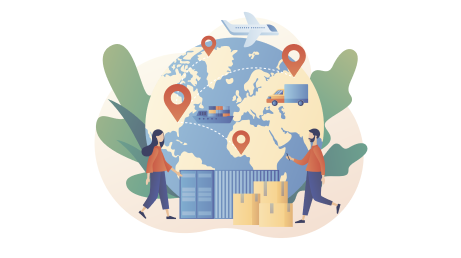
Optimized utilization of resources involves making the best use of available assets, such as vehicles and labor, to achieve maximum efficiency. A Last-Mile TMS can schedule deliveries in a way that maximizes vehicle load capacity and reduces empty miles. Efficient driver allocation and route planning ensure that resources are used to their full potential, reducing waste and improving overall productivity. Optimized resource utilization leads to cost savings, higher operational efficiency, and better service levels.
Maximizing Vehicle Load Capacity
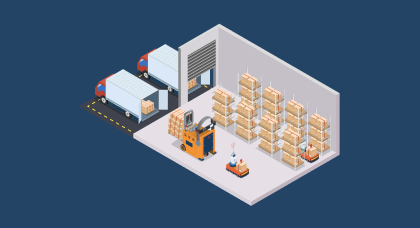
A Last Mile TMS ensures that vehicles are loaded to their full capacity, reducing the number of trips needed. This maximizes the use of available resources and minimizes fuel consumption. By optimizing vehicle load capacity, companies can reduce operational costs and improve efficiency. Maximizing load capacity also reduces the environmental impact of deliveries, supporting sustainability goals.
Reducing Empty Miles
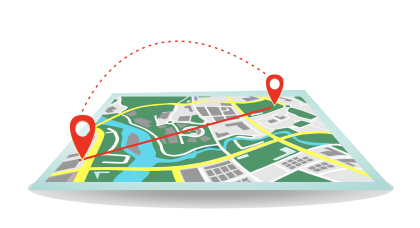
The system optimizes routes to minimize empty miles, where vehicles travel without carrying any goods. Reducing empty miles leads to significant cost savings on fuel and maintenance. It also improves overall efficiency by ensuring that vehicles are used productively throughout their journeys. Reducing empty miles is crucial for maintaining a cost effective and environmentally friendly delivery process.
Efficient Driver Allocation

Efficient driver allocation ensures that drivers are utilized effectively and not overburdened. The system schedules deliveries to match driver availability and skills, leading to better performance and job satisfaction. Efficient driver allocation reduces the risk of burnout and turnover, maintaining a stable and experienced workforce. By optimizing driver schedules, companies can improve delivery efficiency and reduce labor costs.
Optimized Route Planning
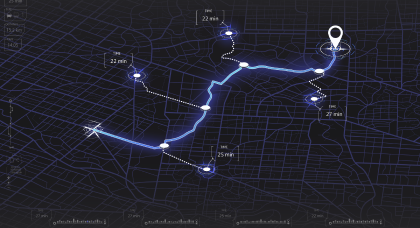
The system uses advanced algorithms to plan the most efficient delivery routes. This reduces fuel consumption and delivery times, leading to significant cost savings. Optimized route planning ensures that resources are used effectively and that deliveries are completed on time. By continuously optimizing routes, companies can maintain high service standards and customer satisfaction.
Reducing Waste and Improving Productivity

By ensuring that resources are used to their full potential, the system reduces waste and improves overall productivity. This includes minimizing idle time for vehicles and drivers, reducing fuel consumption, and avoiding unnecessary trips. Reducing waste leads to cost savings and supports sustainability goals. Improved productivity ensures that companies can handle more deliveries with the same resources, enhancing operational efficiency.
Better Service Levels

Optimized resource utilization leads to higher service levels, as deliveries are completed more efficiently and accurately. This ensures that customers receive their orders on time and in good condition, enhancing satisfaction and loyalty. By maintaining high service levels, companies can build a strong reputation and gain a competitive advantage in the logistics market. Better service levels also reduce the need for costly re-deliveries and returns.
News

AIT Worldwide Logistics acquires...
Supply chain provider AIT Worldwide Logistics has acquired Krupp Trucking LLC,....
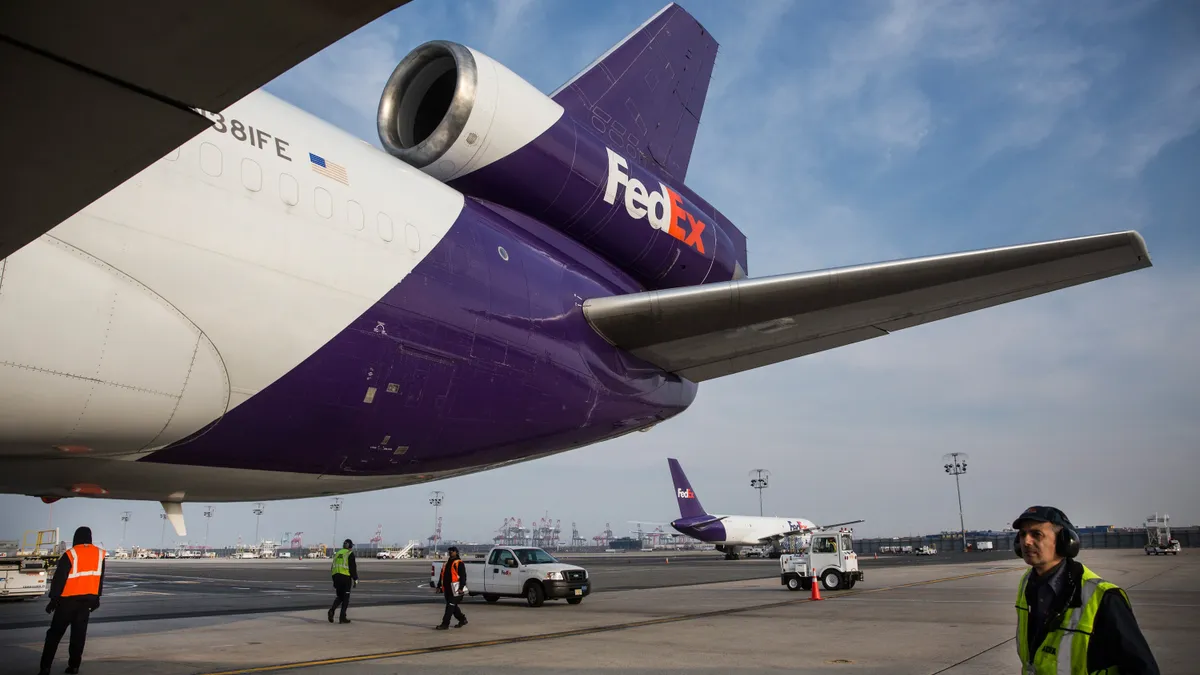
FedEx targets growth in 4 customer segments...
Network changes and new capabilities aim to snag market share in healthcare...
Newsletter

5 Key Features Every Last-Mile TMS Software...
In today's competitive landscape, efficient and reliable last-mile delivery is no longer a luxury,...
Gartner
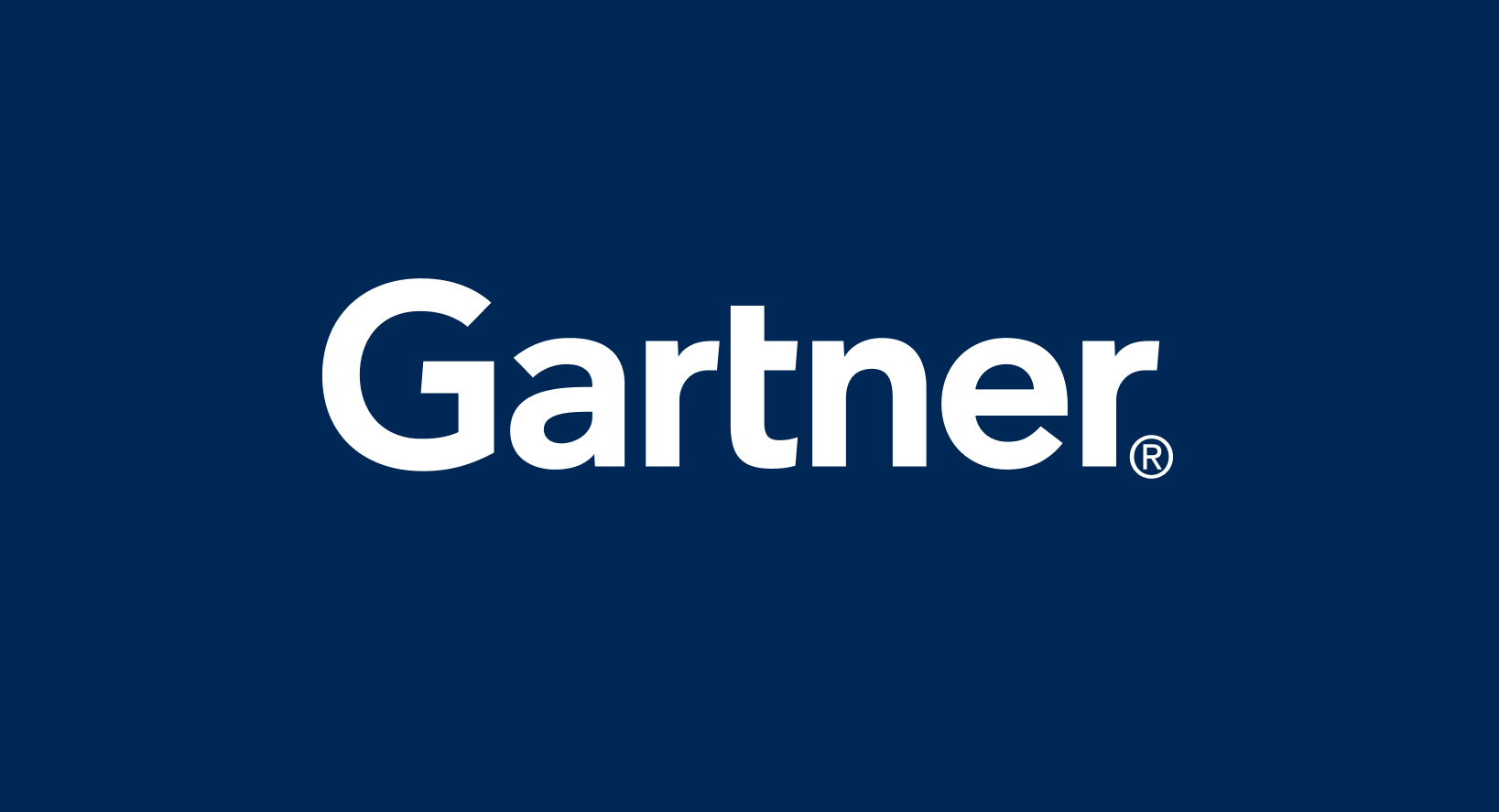
Market Guide for Last-Mile Delivery...
Demand for Last-Mile delivery applications continues to grow, gathering interest...